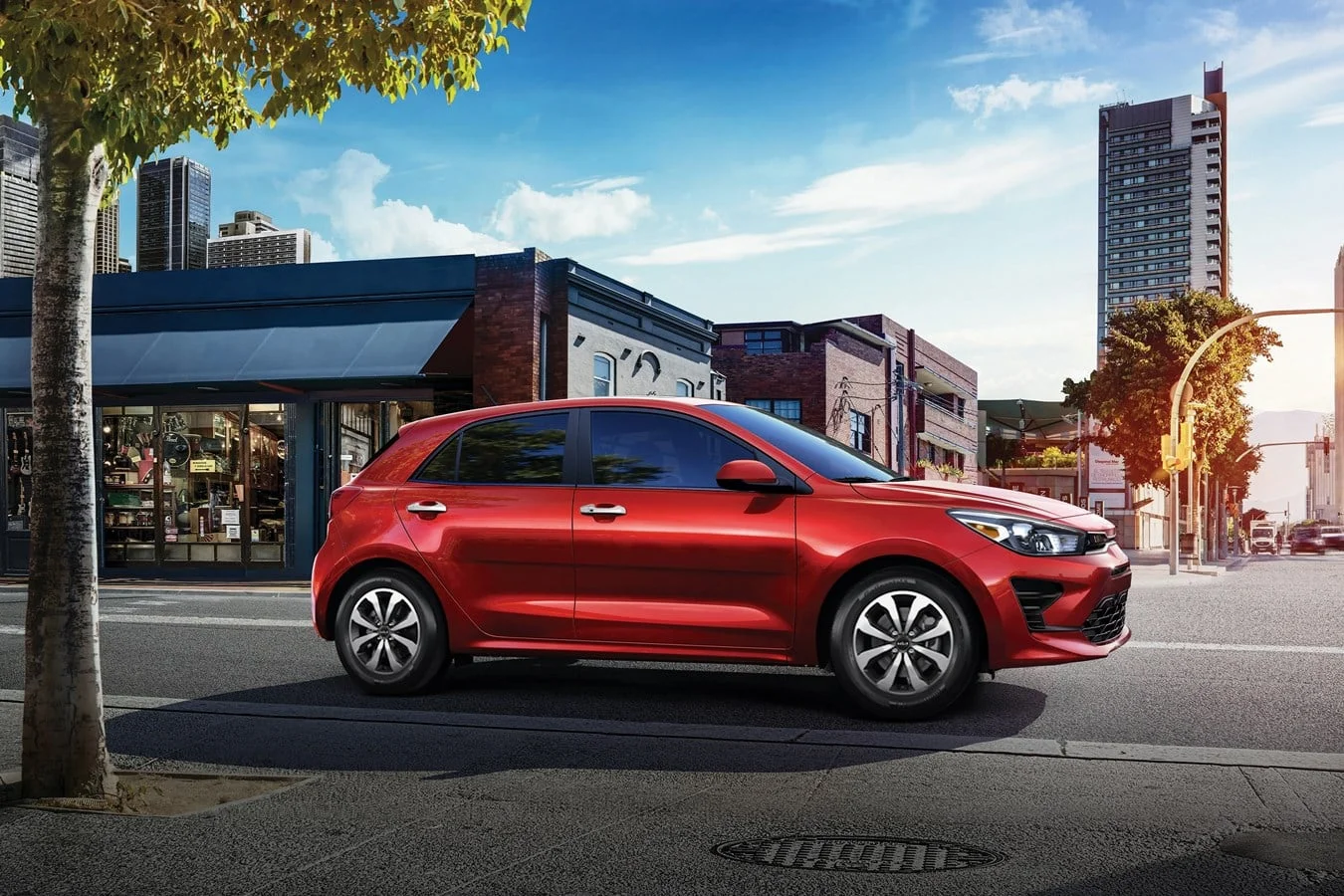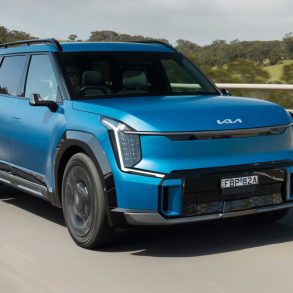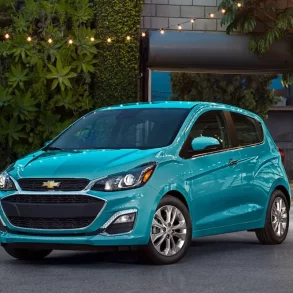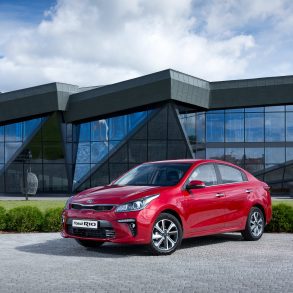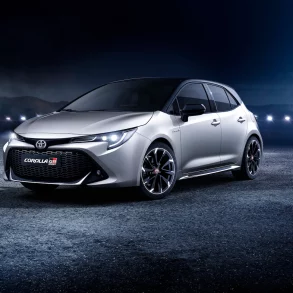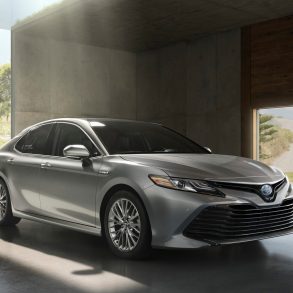Kia Rio
Here you will find monthly and yearly Canadian, European, Chinese and U.S. sales figures for the Kia Rio. The Kia Rio is a subcompact car produced by the South Korean manufacturer Kia Motors. Introduced in 2000, the Rio has been one of Kia’s most popular offerings in the smaller car segment. Over the years, it has seen substantial improvements in design, technology, and safety features, reflecting Kia’s broader evolution as a car brand.
Kia Rio Overview
The Rio’s design evolution reflects Kia’s broader transformation in the auto industry. The car has shifted from basic and functional styling to a more contemporary and appealing design, especially from the third generation onwards. Being a subcompact, the Rio is typically powered by smaller, fuel-efficient engines. Over the years, it has been equipped with various gasoline engines, with both manual and automatic transmission options. Modern versions of the Rio are equipped with features like touchscreen infotainment systems, Apple CarPlay and Android Auto integration, rear-view cameras, and advanced driver assistance features in higher trims.
Each generation of the Kia Rio has its own unique features and benefits. The first generation was known for its affordability and fuel efficiency. The second generation was a major redesign that introduced a more modern design and a wider range of engine options. The third generation was another major redesign that introduced a more stylish design and a more advanced interior. The fourth generation is the latest redesign and is based on the Hyundai Accent platform.
The current Rio is available in sedan and hatchback body styles. It is powered by a 1.6L four-cylinder engine that produces 123 horsepower and 112 lb-ft of torque. All models come standard with front-wheel drive. The price of the Kia Rio starts at $18,490 in the United States.
Kia Rio Sales Figures
The Rio has been recognized for its value proposition, offering a combination of affordability, features, and design in the subcompact segment. While traditionally seen as a budget option, recent generations have been praised for their improved build quality and features. The Rio has a global presence and is sold in many markets under the same name.
Kia Rio U.S Sales Data & Charts
US Monthly Sales
US Annual Sales
| Year | Sales Units |
|---|---|
| 2005 | 30,290 |
| 2006 | 28,388 |
| 2007 | 33,370 |
| 2008 | 36,532 |
| 2009 | 34,666 |
| 2010 | 24,619 |
| 2011 | 20,111 |
| 2012 | 43,873 |
| 2013 | 40,742 |
| 2014 | 35,933 |
| 2015 | 23,742 |
| 2016 | 28,700 |
| 2017 | 16,760 |
| 2018 | 22,975 |
| 2019 | 24,509 |
| 2020 | 23,927 |
| 2021 | 31,362 |
| 2022 | 27,065 |
| 2023 | 26,801 |
| 2024 | 1,917 |
US Annual Growth
Kia Rio Canada Sales Data & Charts
Canada Annual Sales
| Year | Sales Units |
|---|---|
| 2011 | 388 |
| 2012 | 13,949 |
| 2013 | 15,601 |
| 2014 | 14,458 |
| 2015 | 9,761 |
| 2016 | 7,636 |
| 2017 | 6,298 |
| 2018 | 6,580 |
| 2019 | 4,916 |
| 2020 | 4,493 |
| 2021 | 5,323 |
| 2022 | 2,223 |
Canada Annual Growth
Kia Rio Europe Sales Data & Charts
Europe Annual Sales
| Year | Sales Units |
|---|---|
| 2000 | 2,904 |
| 2001 | 17,570 |
| 2002 | 25,138 |
| 2003 | 34,436 |
| 2004 | 32,629 |
| 2005 | 27,859 |
| 2006 | 30,759 |
| 2007 | 22,288 |
| 2008 | 20,268 |
| 2009 | 25,020 |
| 2010 | 19,335 |
| 2011 | 30,730 |
| 2012 | 69,752 |
| 2013 | 58,041 |
| 2014 | 58,425 |
| 2015 | 63,930 |
| 2016 | 67,622 |
| 2017 | 70,309 |
| 2018 | 45,654 |
| 2019 | 39,721 |
| 2020 | 33,052 |
| 2021 | 34,265 |
| 2022 | 33,613 |
Europe Annual Growth
Kia Rio China Sales Data & Charts
China Annual Sales
| Year | Sales Units |
|---|---|
| 2007 | 18,512 |
| 2008 | 29,898 |
| 2009 | 41,232 |
| 2010 | 44,024 |
| 2011 | 30,197 |
| 2012 | 9,184 |
| 2013 | 4,373 |
| 2014 | 3,275 |
China Annual Growth
Kia Rio Generations
First Generation (2000-2005)
Introduced as an affordable subcompact option, the first-generation Rio was available in both sedan and wagon body styles. The first-generation Rio was based on the Hyundai Accent platform. It was available with a 1.5L four-cylinder engine that produced 97 horsepower and 103 lb-ft of torque.
Second Generation (2005-2011)
The second-gen Rio offered a more refined design and was available in sedan and hatchback body styles. This generation marked a significant step forward in terms of quality and design for the Rio. The second-generation Rio was a major redesign that introduced a more modern design and a wider range of engine options. It was available with a 1.4L four-cylinder engine that produced 109 horsepower and 108 lb-ft of torque, and a 1.6L four-cylinder engine that produced 112 horsepower and 111 lb-ft of torque.
Third Generation (2011-2017)
The Rio underwent another design overhaul, with more modern aesthetics and improved features, especially in the interior. The third-generation Rio was another major redesign that introduced a more stylish design and a more advanced interior. It was available with a 1.4L four-cylinder engine that produced 107 horsepower and 106 lb-ft of torque, and a 1.6L four-cylinder engine that produced 123 horsepower and 112 lb-ft of torque.
Fourth Generation (2017-Present)
The latest generation of the Rio features an even more mature design, a refined interior, and a suite of technology and safety features that make it competitive in its segment. The fourth-generation Rio is the latest redesign and is based on the Hyundai Accent platform. It is available with a 1.6L four-cylinder engine that produces 123 horsepower and 112 lb-ft of torque.

